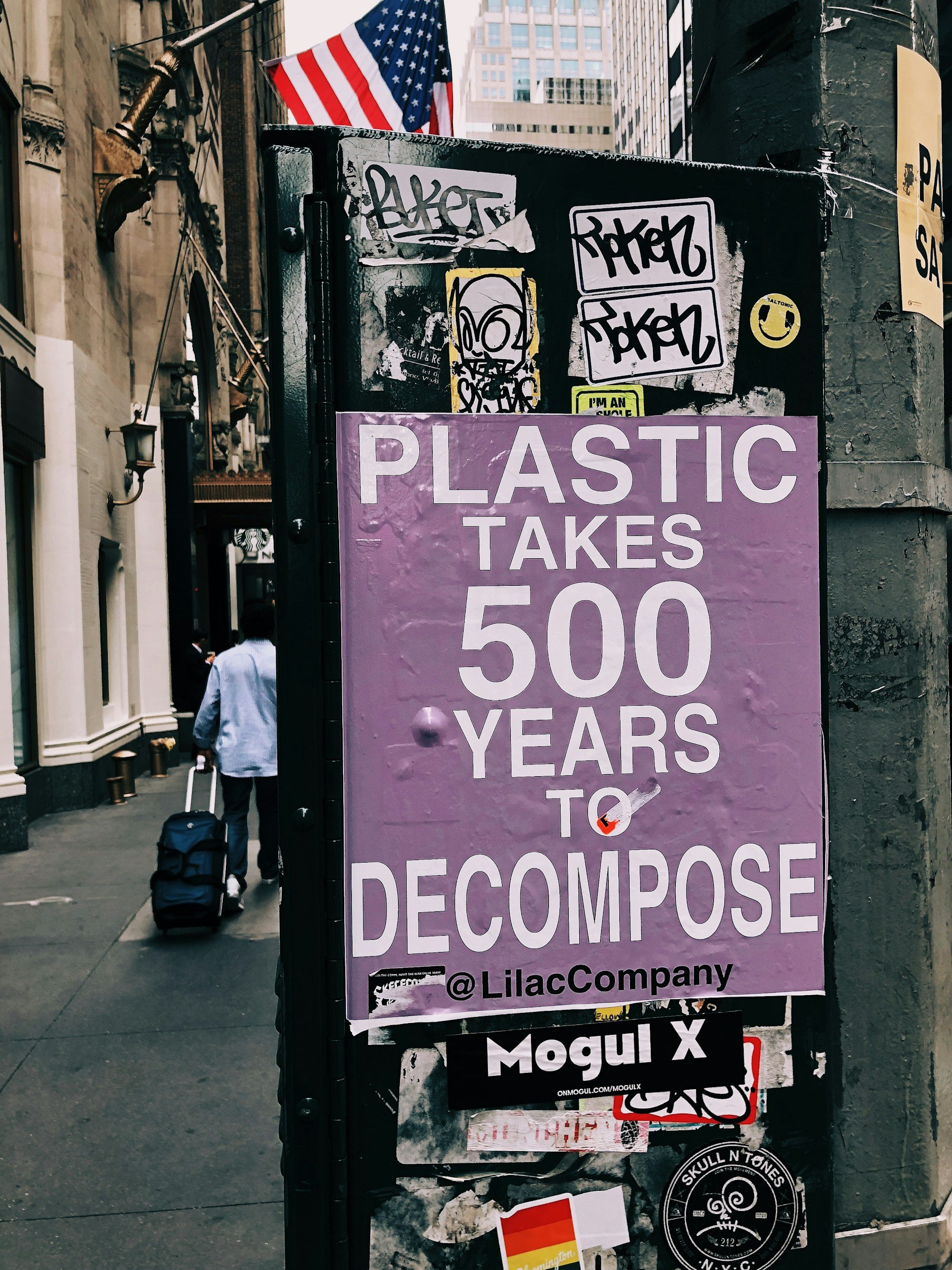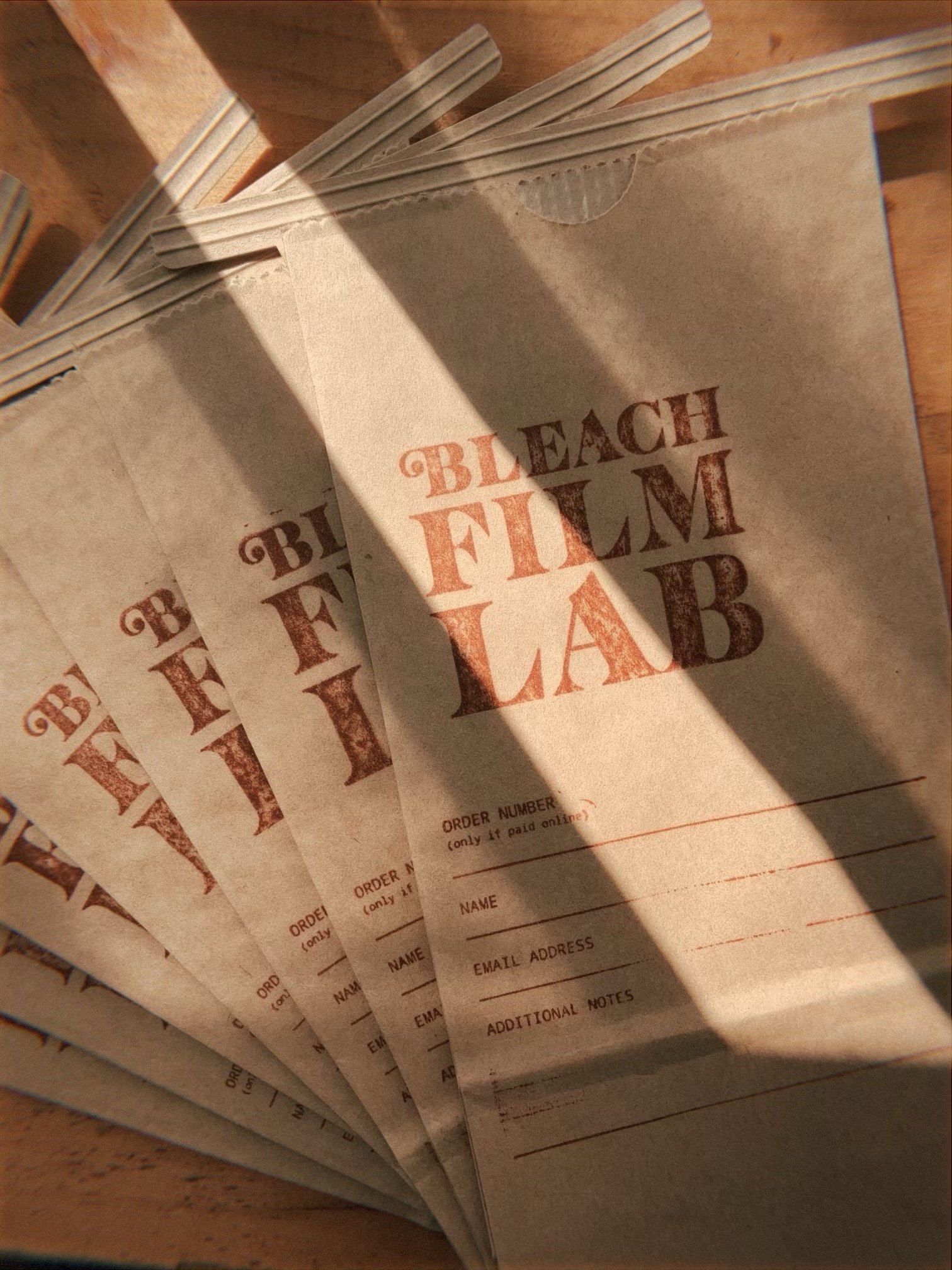
Environmental Impact
We love film photography, but with it comes chemical + plastic waste.
Here’s how we’re approaching it.
Plastics
Between film canisters and negative sleeves, a lot of waste is created just by transporting film negatives back and forth.
Instead of introducing more waste with plastic sleeves, we return 35mm negatives in the canisters that the film originally came in.
Disposable cameras are sent off to be recycled in bulk.
Unused canisters are left outside of our lab for repurposing (great for arts & crafts, toiletries, pills, etc!).
If you’d like to archive your film negatives for longevity, we recommend reading this article by B&H.
We’re still finding solutions for eco-friendly ways to dispose of negatives that are not picked up. If you have any suggestions, please reach out to us!
Chemicals
Good, reliable development requires a constant refreshing of chemicals. At high volumes, we can easily go through more than 4 liters of chemical waste in a week.
This does not belong in our environment. It’s our priority to make we don’t add more pollutants to the city we live in and love.
Instead of simply pouring it down the sink or allowing it to evaporate into the water cycle, we carefully secure the chemicals and pay to get it professionally handled by our friends at Live Thrive.
Paper Goods
Our bags aren’t the same as what is used in other traditional film labs. We source kraft paper bags made from recycled materials and create the design by hand with reusable rubber stamps.
If you submit multiple bags in one drop off (hopefully not too many!), we reuse the bags when possible.
Bags are then returned to customers for negative pickup. Any bags that are not returned are recycled.



